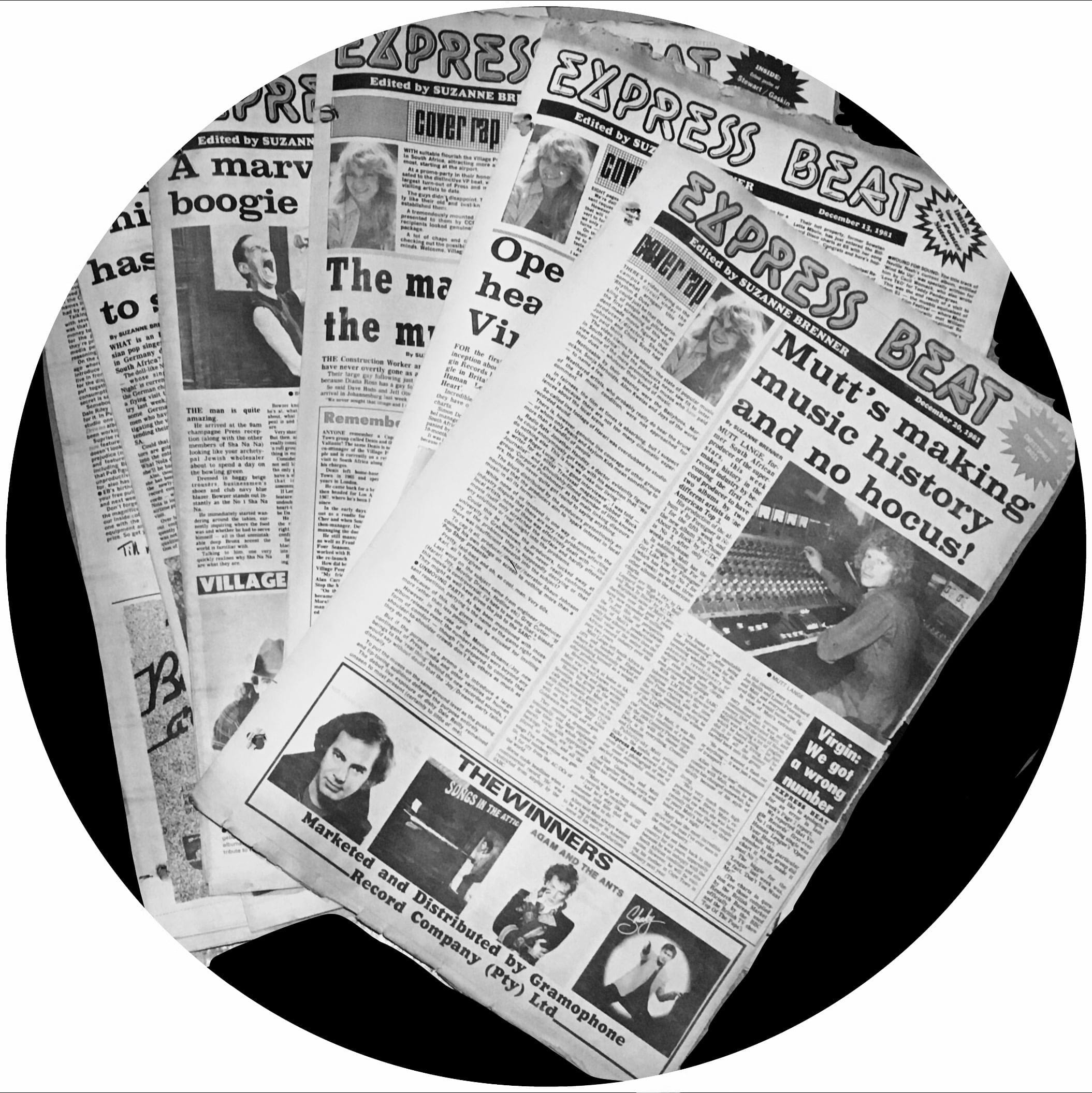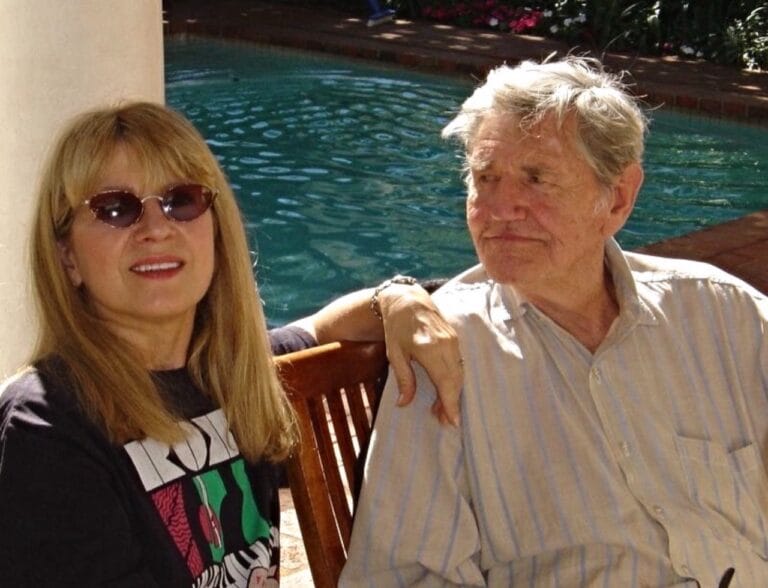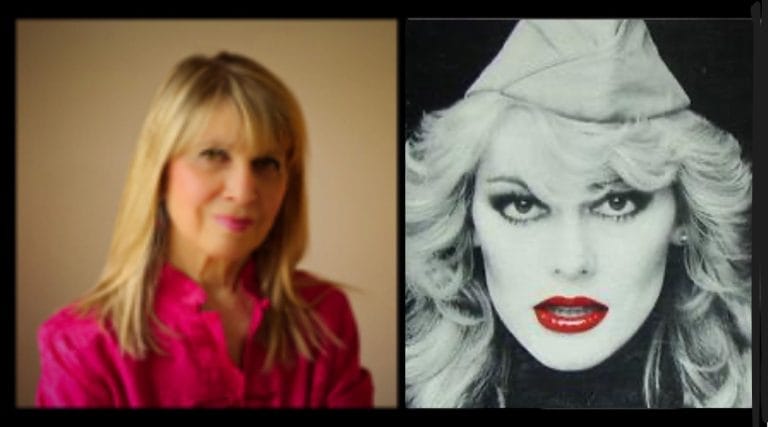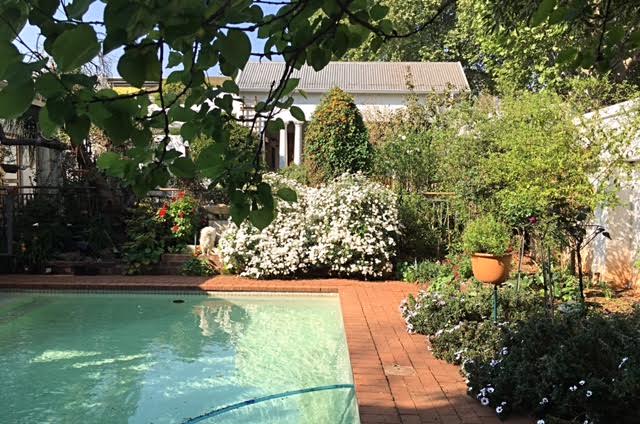Editor’s introductory note: After receiving this story from John, I was in two minds whether to use it – for reasons that will soon become apparent. Originally, I was going to write something about how John and I met but thought better of it and asked him to write a paragraph on the subject. When I saw a paragraph had turned into a full-blown story, my first reaction was to spike it, but on re-reading it I decided it was more about him than about me… well, maybe 50/50. So I made the entirely subjective decision to run it. S.B. (Suzanne Brenner)
As I’m blind, I heard Suzanne’s voice first and while I don’t recall exactly when we met, it was at The Federal Hotel on the corner of Commissioner and Polly Streets. The Fed, as it was better known, wasn’t any hotel, you understand, it was the drinking hole of choice for all South African Associated Newspapers (SAAN) hacks – or to be precise, journalists from the Rand Daily Mail, the Sunday Times, the Sunday Express and the Financial Mail.
A nondescript sort of place, there was no décor to talk of, just cartoons by Bob Connolly and Dave Gaskill on one wall; a functional bar counter ran the full length of the room and curved to the left, while wooden bar stools followed the curve.
What it lacked in ambience was provided by the colourful characters who populated the bar throughout the day. Lunch times were always busy, while late afternoons attracted journalists “en route home” and the night shifters, all popping in for a quickie, which often lasted until closing time.
Habitually, regulars tended to sit in groups: sports journos, financial reporters, news, crime and general reporters all had their favourite spots… and then there was Suzanne.
Suzanne, often with a vodka and dash of lime in hand, was one of the few women regulars and always positioned herself on her bar stool near the entrance, where she was usually surrounded by an eclectic group.
As someone who has loved pop music most of my life, I knew, of of course, that she was knowledgeable on the subject and on first name terms with most local and visiting artists. (I confess I was a guitar groupy at heart. I enjoyed all live music but was fascinated with intricacies of guitars. Was it a Fender Strat or a Fender Telecaster? A Jazzmaster, Jaguar or a Gibson Les Paul, SG or 335-S?)
I’d started out as a court reporter, but deep down I longed to write about my first love, music. At last, I met Suzanne and my dream was about to become a reality when she suggested I write a couple of articles for her. Suzanne was editor of Express Beat, her self-conceived insert in the Sunday Express.

Happy to talk music for hours, she also happened to be one of the few journalists who could and would have her say about any topic up for discussion in the bar. She might be small in stature, but she’s big in personality.
Professionally, she often took me out of my comfort zone, but you couldn’t say no to Suzanne, and I don’t think she would have taken no for an answer.
One such occasion, which was a turning point for me, involved an interview with the late Emil Zoghby, AKA Emil Dean Zoghby. He’d had hits as a singer but had moved into production and had a No. 1 with Ballyhoo’s Man on the Moon.
Until then, I’d got away with telephone interviews. After all, I was employed full-time as a court reporter – working for Suzanne was a bonus – but the news editor wouldn’t have been too impressed to find me moonlighting.
Nonetheless, Suzanne insisted on face-to-face interviews. So, under her supervision, my first face-to-face meeting was arranged and I set off to meet Emil for lunch.
Five hours later after a very liquid lunch and with just 10 minutes on my tape recorder, it was sadly time to return to the Rand Daily Mail some 10 blocks away.
Emil offered to accompany me to the Mail, but as a typical heterosexual South African male, I was averse to being seen with another man with his arm around my shoulders. Emil refused to take no for an answer and steered me back, though I’m unsure who was guiding who at that stage.
This introduction to free food, and more importantly, copious amounts of alcohol, changed my mind about face-to-face meetings.
I hold Suzanne to blame for the following few years. Whenever the opportunity presented itself, I’d happily meet interviewees over a meal – but perhaps don’t mention this to Suzanne.
Tongue-in-cheek notwithstanding, this first face-to-face opened the door to meeting some wonderful people. I spent many treasured hours with the likes of Patric van Blerk (producer and lyrics writer of Rabbit’s hit, Charlie, and Joy’s Paradise Road); Hilton Rosenthal, producer of all the Juluka albums, and Cindy Alter from Clout, to name but a few.
Looking back at the most memorable stories in my portfolio, I thank Suzanne for giving me that initial opportunity. Top of the list was a scoop about Queen; a close second was the imminent breakup of Juluka, which made Page 1 of the final edition of the Rand Daily Mail on 30 April 1985.
Sadly I did not work full-time for Suzanne. I am sure if I had done, I would have become a much better writer.
Obviously, I don’t know what Suzanne looks like and whether time has aged her. I don’t know if she has wrinkles or whether the colour of her hair has greyed, but one of the many things unique about Suzanne – unlike most who grow older – is her voice, which has never changed, and neither has that cutting wit.
On meeting most people 20 or 30 years later, their voices sound a lot older, which of course they are, but Suzanne’s voice remains as it was – I’d recognise that voice no matter where I bumped into her in the world.
SUZANNE’S ADDENDUM
The year 1983 was a turning point for me. I had seen a gap in the market to produce a collector’s magazine about country music, which I called SA Country People, and enlisted John’s help. Suddenly and fortuitously, there was an urgent need to bring forward the publishing date; Tommy Dell, representing EMI’s CCP label, approached me with a proposition to coincide an album of the same name with the magazine – but its release date was earlier than I had intended. What followed deserves a book, but thats another story.

It was an offer I couldn’t refuse and miraculously we made deadline and the two were sold in tandem as a single, cling-wrapped entity. (I owe a lot to Lance James for his promotion thereof at the Rand Show and at other gigs throughout the country.)
It was also the year I was headhunted by Republican Press to take over as editor of Darling magazine, the country’s leading young women’s mag; it was an honour I grabbed with both hands, but there was one more detail to take care of. I had worn another hat as Billboard International’s SA correspondent. The U.S. based bible of the music industry, the emphasis was on behind-the-scenes trade and business stories – a job too demanding to continue in parallel to Darling. My bosses asked me to find a replacement and without hesitation, I nominated John Miller as Billboard SA correspondent. John had come full circle.





